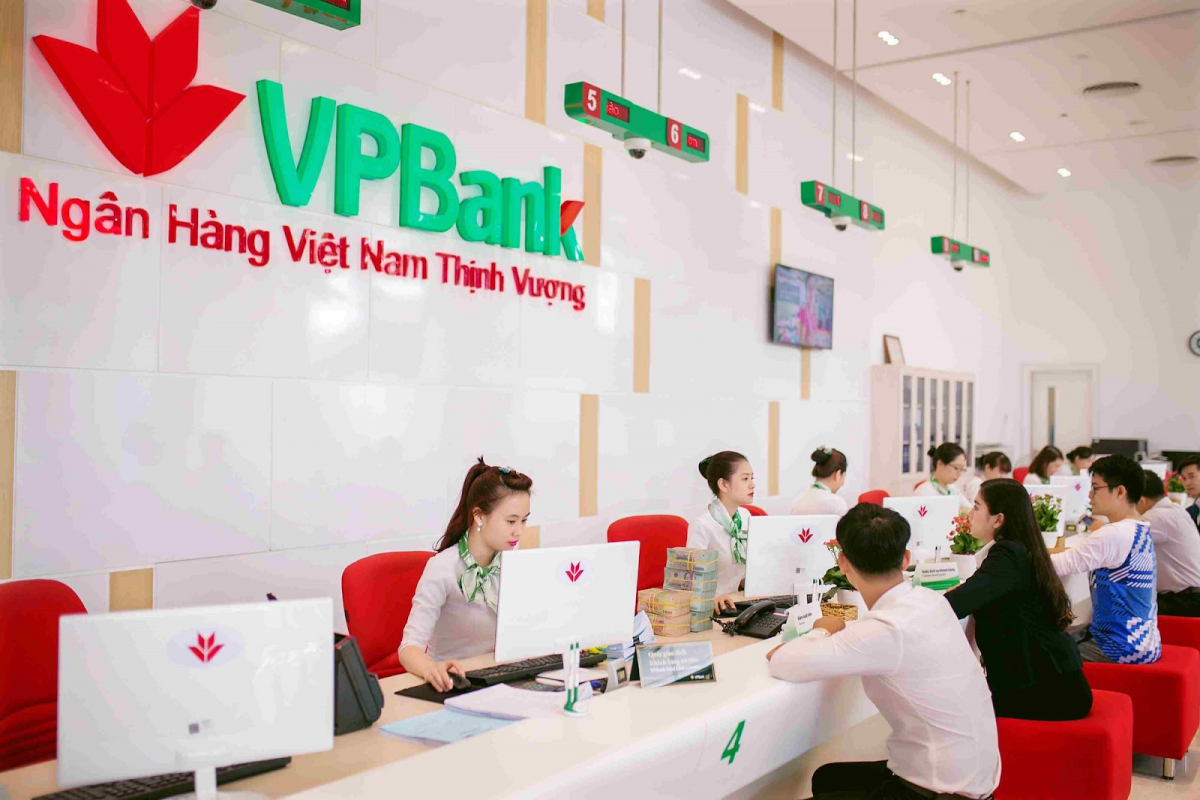
ISEA drives industrial safety and environmental management for 2026 priorities
19:05 | 23/03/2025 22:23 | 09/01/2026News and Events
 |
| Vietnam reached a credit growth rate of 6.63 and 8.53 percent in the first eight and nine months of 2024, respectively |
An additional VND1.16 quadrillion injected into the economy
The General Statistics Office’s (GSO) data show that Vietnam reached a credit growth rate of 6.63 and 8.53 percent in the first eight and nine months of 2024, respectively, meaning the growth increased by 1.9 percent (roughly VND260 trillion worth of capital injected into the economy) between August and September. The country witnessed a credit growth of 6.24 percent in the first nine months of 2023. Banks have injected nearly VND1.16 quadrillion into the economy since early this year.
VCBS Securities predicted the credit demand would increase in the remaining months of 2024 to reach 14 percent this year, as low interest rates will drive the borrowing demand and the economy has recovered. Credit growth drivers come from real estate, manufacturing, public investment, retail lending, SBV’s policies, and lending for post-typhoon reconstruction.
SBV Deputy Governor Pham Quang Dung said that credit growth in Mid-September was 7.26 and 5.73 percent higher than the end of 2023 and the same period last year, but remained lower than the 15-percent target set at the beginning of the year. The SBV official added that the focus should be on fostering credit growth that supports economic development.
Although credit growth has improved compared to 2023, Quang noted that businesses’ demand for loans remains low. Many companies have scaled back production and are cautious about taking on new loans. The real estate sector, which typically contributes significantly to annual credit growth, continues to face challenges.
 |
| Banks have injected almost VND1.16 quadrillion into the economy since early this year |
Businesses remain cautious about borrowing
Economists emphasized that strong recovery in trading and production activities is crucial to driving economic growth. After the damage caused by Typhoon Yagi, the banking sector has quickly restructured debt, lowered interest rates, and offered new loans to support recovery efforts. However, despite significant cuts in lending interest rates by many banks, businesses remain cautious about borrowing to expand production and other operations.
Specifically, some banks have reduced interest rates by 0.5-2 percent per year for individuals and small businesses in the northern region. VPBank, for example, has reduced its loan interest rates for all individual customers with existing loans and secured assets. The bank has cut rates subject to medium- and long-term, and short-term loans by one and 0.5 percent, respectively. This policy takes effect from September 13 until the end of this year. Meanwhile, TPBank will reduce up to 50 percent of interest payments for its existing individual customers affected by Typhoon Yagi until the end of January 2025.
A Sacombank representative said the demand for capital remains relatively low due to the slow recovery of exports and domestic consumption.
He suggested that the banking sector continue reducing capital costs, lower lending interest rates, streamline the processes and procedures for credit issuance, and increase preferential credit packages for certain industries and sectors to help customers access low-cost capital and increase their outstanding loans.
The Government should maintain an expansionary fiscal policy to boost the aggregate demand and stimulate growth. Measures such as tax and fee reductions would directly support consumer demand, helping increase the economy’s purchasing power. Payment intermediaries should reduce fees to allow banks to offer fee service to customers.
Associate Professor, Dr. Nguyen Huu Huan from the University of Economics, Ho Chi Minh City, believes that with the current pace of credit growth, the banking sector’s outstanding loans will likely improve in the final months of the year, as capital demand typically increases in the second half of the year compared to the first half. Over the past eight months, less than VND900 trillion has been injected into the economy, averaging VND112.5 trillion per month. To reach the credit growth target, the banking system will need to inject an additional VND1.135 quadrillion in the remaining four months of the year - a significant challenge./.

19:05 | 23/03/2025 22:23 | 09/01/2026News and Events

19:05 | 23/03/2025 18:31 | 09/01/2026Industry

19:05 | 23/03/2025 17:43 | 09/01/2026News and Events

19:05 | 23/03/2025 16:58 | 09/01/2026News and Events

19:05 | 23/03/2025 16:58 | 09/01/2026News and Events